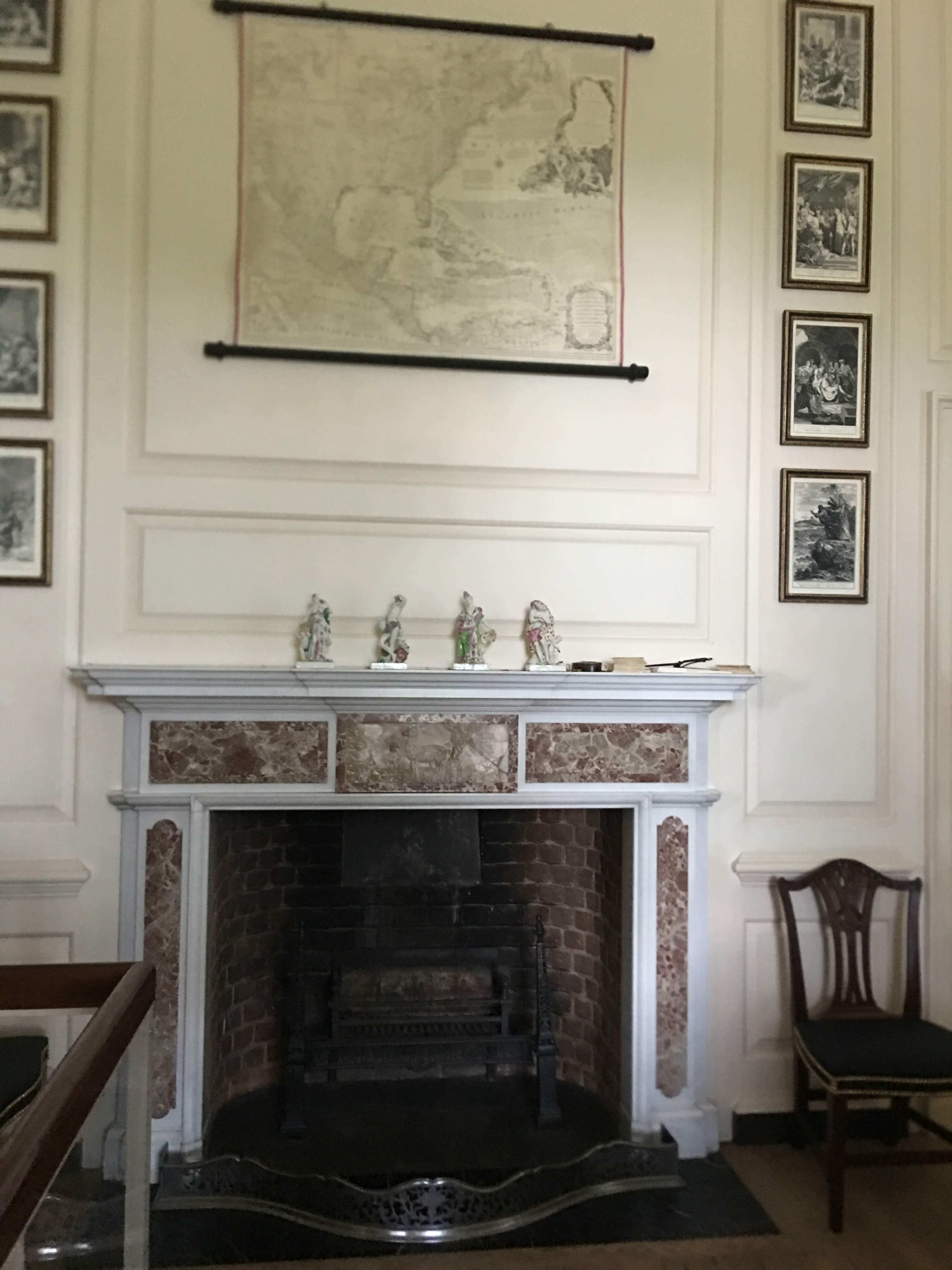 This summer my family decided to go on a week-long vacation to Kingsmill Resort in Williamsburg, Virginia. It was the perfect spot to vacation, surrounded by incredible golf courses, water parks, kayaking, Busch Gardens, and Colonial Williamsburg. We had a fantastic vacation, save for the few hours we spent at the world renown Colonial Williamsburg living history museum.
This summer my family decided to go on a week-long vacation to Kingsmill Resort in Williamsburg, Virginia. It was the perfect spot to vacation, surrounded by incredible golf courses, water parks, kayaking, Busch Gardens, and Colonial Williamsburg. We had a fantastic vacation, save for the few hours we spent at the world renown Colonial Williamsburg living history museum.
We arrived at the visitor’s center with the expectation that we’d soon be immersed in what some consider to be the best living history museum in the nation. And it started well as we walked from the visitor’s center along a paved path that had stone inserts counting backward in time from present to the 18th century (the period in which the museum recreates), noting that any time before a given date people lacked telephones, or cars, or whatever important invention or human achievement occurred in the past 250-years. It was a wonderful way to “lead” a visitor back in time and prepare them for the somewhat foreign world they were about to step into.
The experience then turned slightly disappointing. Between the visitor’s center and the main downtown living history neighborhood, one encounters a small farm. Signs point out what buildings were used for, including slave cabins, and what kinds of crops were grown, etc. All typical for a living history museum. Except…except…except…there were no people. None. Not a one. Supreme opportunity missed here to bring to life an 18th-century farm. Look, I’m not saying there should be slaves working in the field or a slaveholder punishing his ‘property.” Not at all. But how fantastic would it be to have reenactors there to talk with guests about life on a small farm? Instead, it was an abandoned farm that did little to pique my kids’ interest.
Onward we walk, wondering what the “city” part of the museum would be like. Well, it’s beautiful and exactly like the promotions promised: red brick colonial structures everywhere, vintage colonial Virginia! Yet, it wasn’t vintage at all. We looked up in awe as we walked into the Governor’s Mansion. That awe was soon blown apart when we began our guided tour. Nothing of substance was taught. In fact, the tour guide only spoke of white, Anglo settlers in Virginia and not once about slaves or Native Americans (only in passing) and the extent of our learning about women in Colonial Williamsburg came when the tour guide taught all of the women in our group to curtsey. Yes, curtsey. My wife looked horrified as she had to curtsey in front of me.
And no mention of Lord Dunmore’s Proclamation. Lots of facts about Lord Dunmore and his family and an erroneous statement as to why he was eventually run out of town during the American Revolution, but nothing about his Proclamation, one of the most important moments in the Revolutionary Era!
Ok, ok, it can’t all be like this. We walked on, expecting to be immersed in Colonial Williamsburg and surrounded by living history experts and reenactors. Nope. Most of the structures, come to find out, were replicas built in the 20th-century and almost every building that was open to visitors also sold trinkets and gifts. The commercialization of the place was truly unbelievable. It truly felt like Disney World or nearby Busch Gardens in terms of its tacky commercialization. Every reenactor we tried to talk to spoke to us about the weather, about current events, etc. No one was discussing history. Even the Native American reenactors spoke with a few guys for 20-minutes about modern guns — not modern guns compared to colonial guns — modern guns, like they were at a gun show!
Thankfully, as we decided 2-hours was far too long to have already spent there, we headed for the exit and happened upon the Peyton Randolph House on our way out. This place was excellent! Our guide, Edwin, spoke little of the Randolphs and instead led us on a tour of the house as one of their slaves would have experienced it. It was a long, hot, and humid tour, but I learned more about slavery in Virginia than I have in a long time — and I study slavery! He brought to life elements of slavery that often do not come alive in history books. He is a truly gifted storyteller and historian.
Upon reflection, perhaps I expected too much from Colonial Williamsburg. I expected the experience one gets at Plimouth Plantation, where reenactors do not break character and will only engage with visitors as though it is still the 17th-century. I once had a reenactor explain the Universe to me from his 17th-century perspective. It was incredible and it helped me to understand that worldview so much better. That is what a true living history museum should be like, not some commercialized, watered-down version of our past. Then again, I guess I wasn’t expecting too much from Colonial Williamsburg. It is essential that anyone or any institution purporting to protect our past and educate the public do the best they can to provide a comprehensive, multi-dimensional story that doesn’t provide the Fox News version of the American Story. Take my advice and stay away from Collonial Williamsburg. Head to Jamestown instead.
